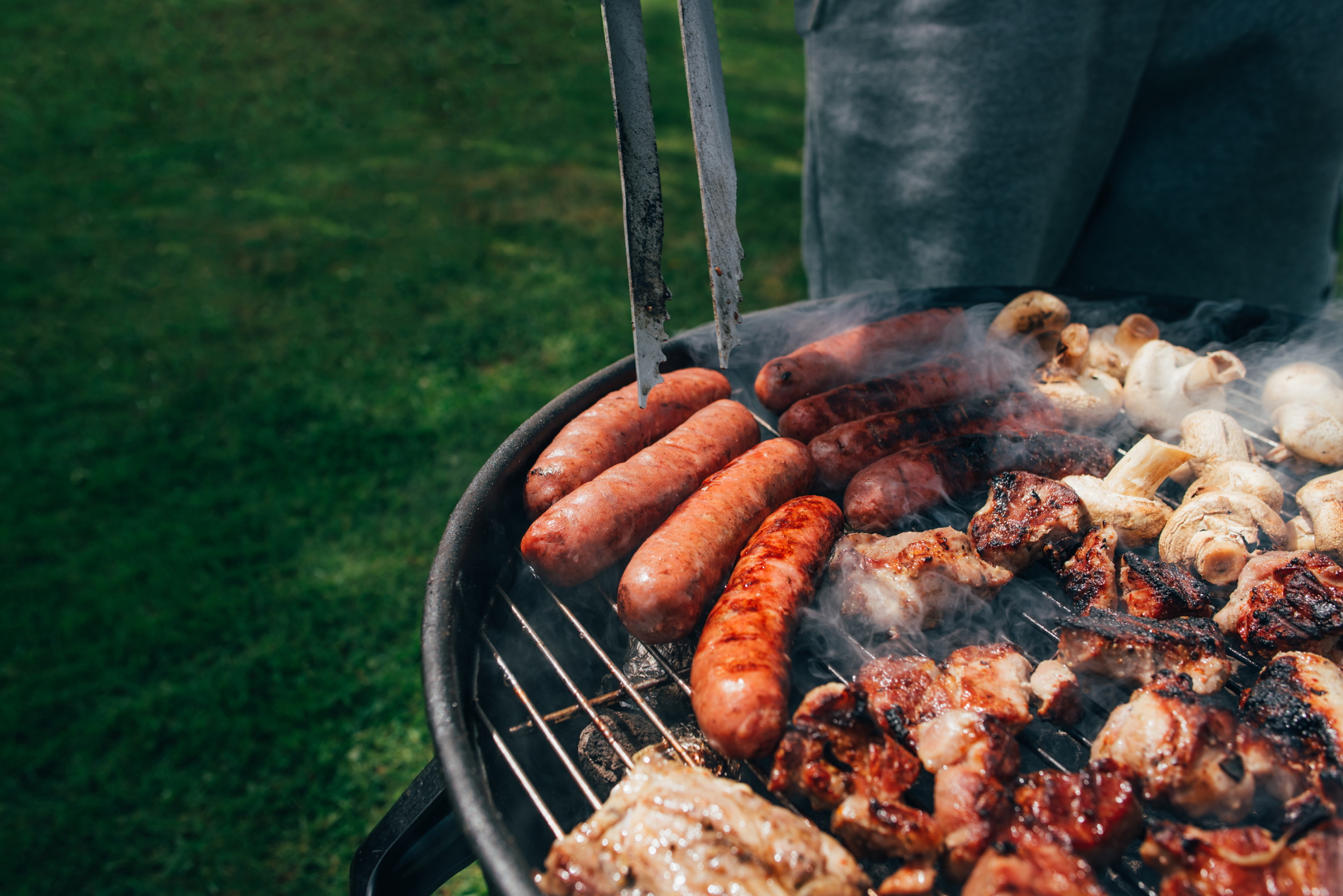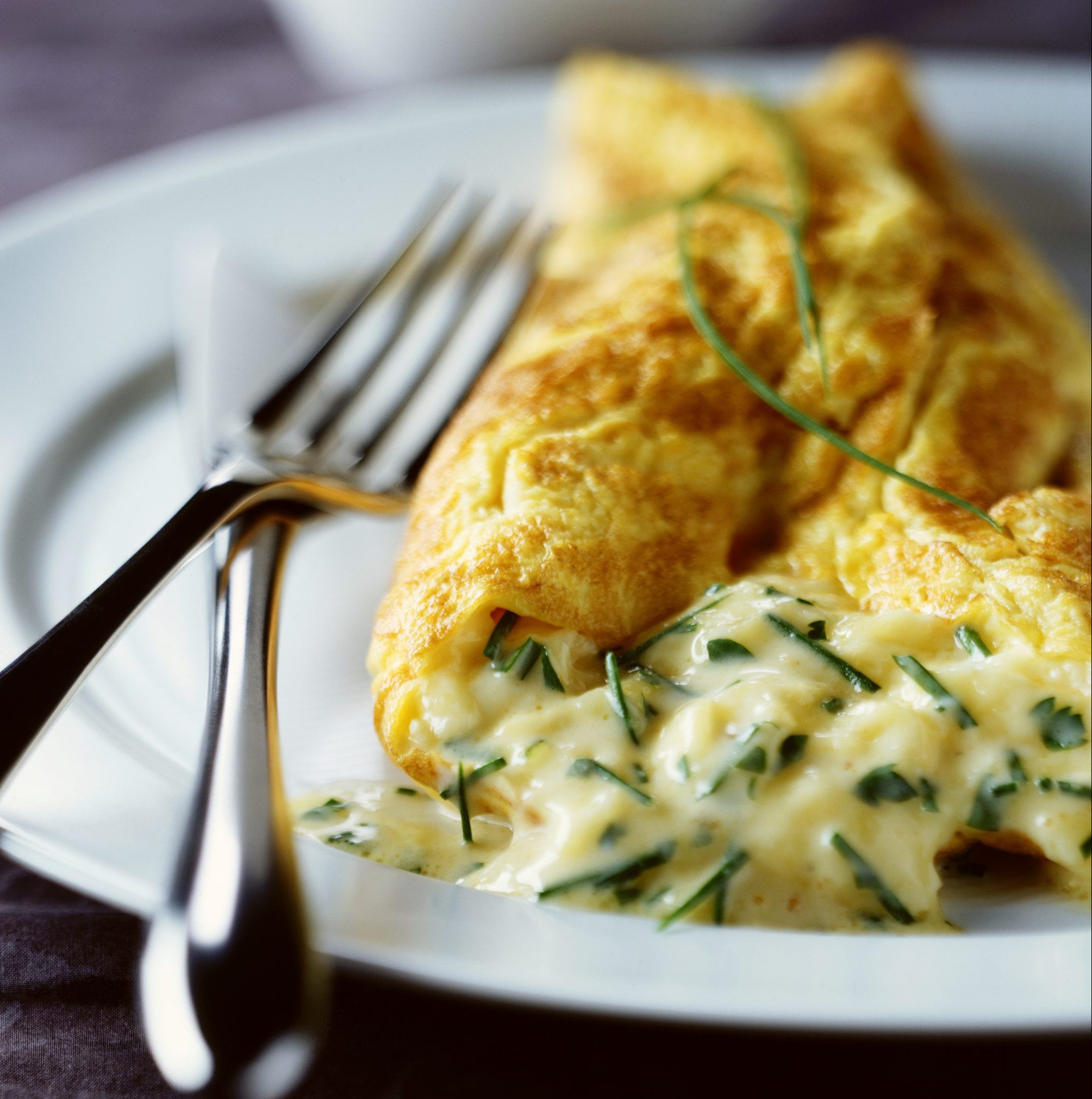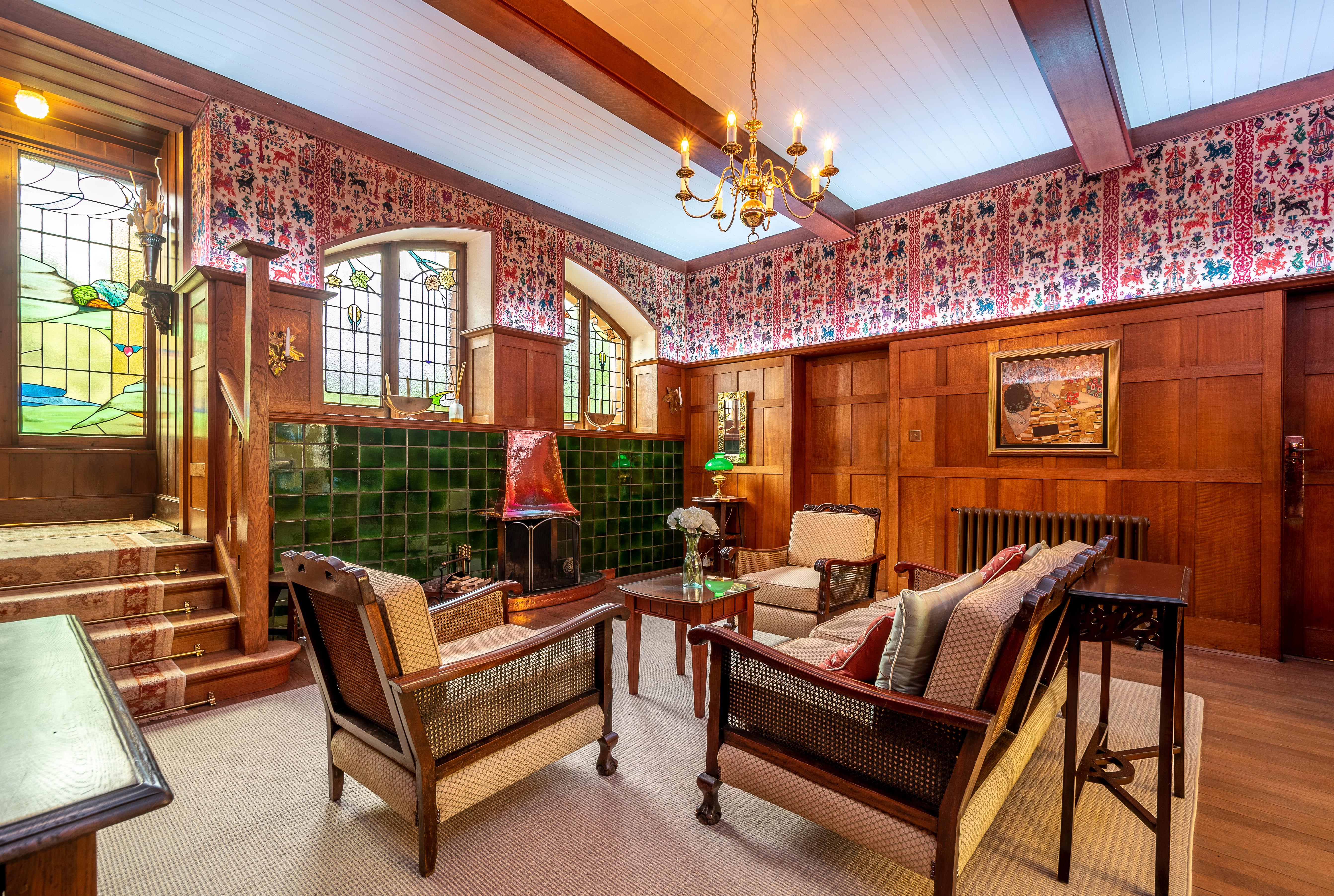Tom Parker-Bowles on the BBQ: 'Cooking over coals is both empirical science and blessed art, as well as mastery, albeit temporary, of that naughty Titan’s greatest gift'
Sausages are all well and good (unless simultaneously raw and burnt to a crisp), but the primitive art of barbecuing over charcoal lends itself to far grander fare.


Cometh the hour, cometh the man. And never is this more true than at the start of the barbecue season. Where, when watery sun first slips through sullen cloud, great hordes of men — men who, for the rest of the year, can barely boil an egg — fire up the Weber and inflict all manner of cruel and unusual punishments on perfectly innocent sausages, burgers and dreary breasts of chicken.
It matters little that the fuel is usually scraps of cheap wood mixed with sawdust, doused with noxious accelerants and compressed into neat briquettes — which may be easy to light, but manage to sully everything above with the acrid tang of the petrol-station floor. Nor that these excitable arsonists believe that flames are their friend, rather than something to be tamed and avoided, so that the exterior of your banger resembles the residents of Pompeii (after the eruption of Vesuvius), but the centre remains violently raw, scented with the nauseous whiff of salmonella.
Because the mastery of the grill, or cooking over hot coals, is a culinary technique every bit as exalted as that of poissonier, friturier or saucier, if not more complex still. It requires patience, experience and an innate understanding of the flame’s fickle power. And, although there’s no need to splash out on a huge Big Green Egg (I’m obsessed with mine, despite it taking a while to fully master), those impotent disposable atrocities are nothing short of barely heated heresy, ruinous to taste buds and environment alike.
For an everyday lunch or dinner, I turn to the good old Weber bucket grill, solid and ever reliable. My beloved Big Green Egg is cranked up for all-day cooking, as well as American-style barbecue (or ‘cue’), a different art altogether, requiring hot smoking over indirect, low and slow heat. But, really, anything with a brick firepit and sturdy grill will do. As for gas… yup, it might be convenient, but get ye away, Satan. It’s a sanitised, ersatz imposter — Artificial Intelligence to the charcoal grill’s Old Master. Where’s the fun in clicking a knob and being ready to go in mere minutes?
Part of the joy of real grilling is the ritual and process of the whole thing: the lighting (using a ‘chimney’, natural firelighters or simply crumpled balls of newspaper); the anticipation, cold beer or glass of wine in hand, as the flames die down, leaving the coals wearing a delicate dusting of white ash; and the fundamental, therapeutic joy of alfresco cooking, as primal as it is pleasurable.
Everything starts, of course, with the fuel—good-quality charcoal, made from coppiced wood, preferably British and sustainably sourced. House of Charcoal is ever excellent. And what you really want are two different cooking zones. A fairly intense, direct heat on one side, above the seething charcoal, good for smaller, thinner cuts of meat. Then a gradually thinning layer of coals on the other, indirect heat better suited to delicate fish fillets, as well as the bigger joints of meat that need more time. Be constantly vigilant, keeping a water-filled plant-spray bottle handy to quell any errant flames, and do experiment with your air vents, as they also help manage the temperature. If your barbecue has a hood, use it. ‘If you’re lookin’,’ goes the old saying, ‘you ain’t cookin’.’
As to what to put on top, think big. Good sausages, well cooked, are a fine thing. Decent burgers, too. But go beyond the usual suspects: cote de boeuf and rack of lamb; roast chicken and bass; prawns and lobsters; corn on the cob, asparagus and aubergines. All adore the thrill of the grill. Season lustily and marinate your meat and fish, too.
Sign up for the Country Life Newsletter
Exquisite houses, the beauty of Nature, and how to get the most from your life, straight to your inbox.
For more inspiration, Helen Graves’s Live Fire is a smoke-scented classic. As are Genevieve Taylor’s Charred and Seared. Both writers are gurus of the grill.
Recipe: Butterflied leg of lamb
This comes from my book Let’s Eat. God knows how many times I’ve cooked this lamb, but it never, ever lets you down. Just remember to control those flames, because cooking over coals is both empirical science and blessed art, as well as mastery, albeit temporary, of that naughty Titan’s greatest gift.
Ingredients
Serves 6
- 1.5kg/3Ib 5oz leg of lamb, butterflied (ask your butcher to do this)
- 2 cloves garlic, crushed
- 1tspn hot paprika
- 2tbspn red-wine vinegar
- 2tspn thyme leaves, finely chopped
- 1tbspn olive oil
- Green salad, to serve
- Crusty rolls, to serve
Method
Put the lamb in a big bowl. Mix together the garlic, paprika, vinegar and thyme and rub into the lamb. Drizzle over the olive oil, cover and leave to marinate in the fridge overnight (or for a minimum of two hours), turning occasionally.
Take the lamb out of the fridge, allow it to come up to room temperature and spark up the barbie. Wait until the flames have died down and the coals are covered with grey ash. Depending on the charcoal, this can take up to an hour.
Cook the lamb for about 10 minutes on each side (this gives a pink centre; for well done, give it 15 minutes on each side) or until done to your liking. Leave to rest for 10 minutes before serving. Slice the lamb and serve it with a green salad and crusty rolls.

Credit: Getty Images/Image Source
The dish that's as simple as it is brilliant: Tom Parker-Bowles on omelettes, and his ultimate omelette recipe
On omelette takes minutes to make, but a lifetime to master — and practice may eventually make perfect, hopes Tom Parker

Credit: Westend61 via Getty Images
The sacred, the profane, the chaste and the lascivious: The secrets of the best strawberries according to Tom Parker-Bowles
Sack off the chocolate and savour them pure and unblemished, save for a 'slick of cream and sprinkling of sugar'.

Credit: Joff Lee via Getty Images
Victoria sponge: The ultimate test of every baker and a favourite of the nation
Thanks to the Women's Institute and wartime rationing, this sweet spongecake is now the bedrock of tea-time treats.

Credit: Ralf Hettler/grafissimo via Getty Images
The Legacy: Thomas Twining, the man who made such good tea, not even the Boston rebels would toss it in the harbour
Arriving in London as a young boy, Thomas Twining saw a gap in the market, and made his name as
Tom Parker Bowles is food writer, critic and regular contributor to Country Life.
-
 Seven of the UK’s best Arts and Crafts buildings — and you can stay in all of them
Seven of the UK’s best Arts and Crafts buildings — and you can stay in all of themThe Arts and Crafts movement was an international design trend with roots in the UK — and lots of buildings built and decorated in the style have since been turned into hotels.
By Ben West
-
 A Grecian masterpiece that might be one of the nation's finest homes comes up for sale in Kent
A Grecian masterpiece that might be one of the nation's finest homes comes up for sale in KentGrade I-listed Holwood House sits in 40 acres of private parkland just 15 miles from central London. It is spectacular.
By Penny Churchill